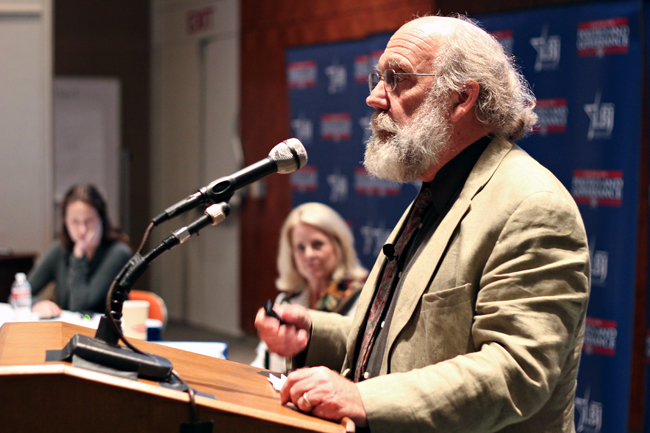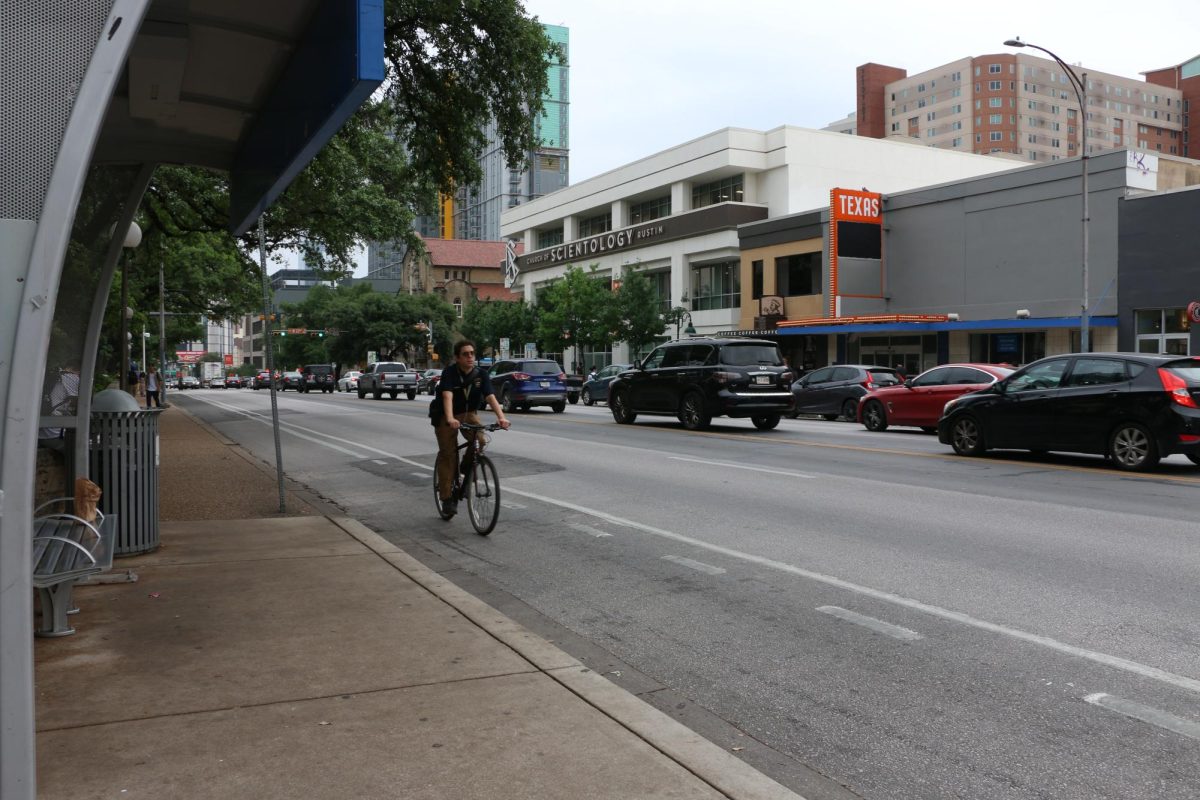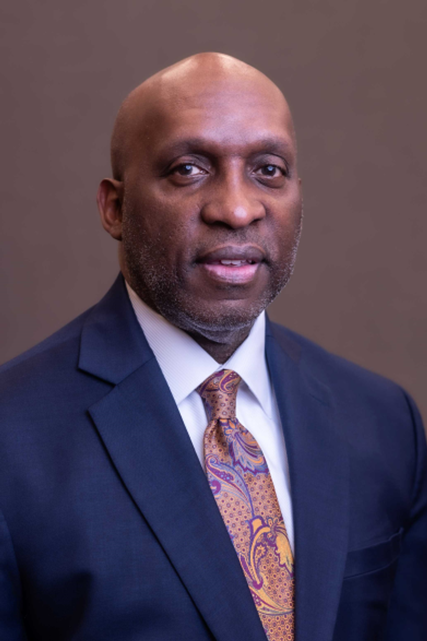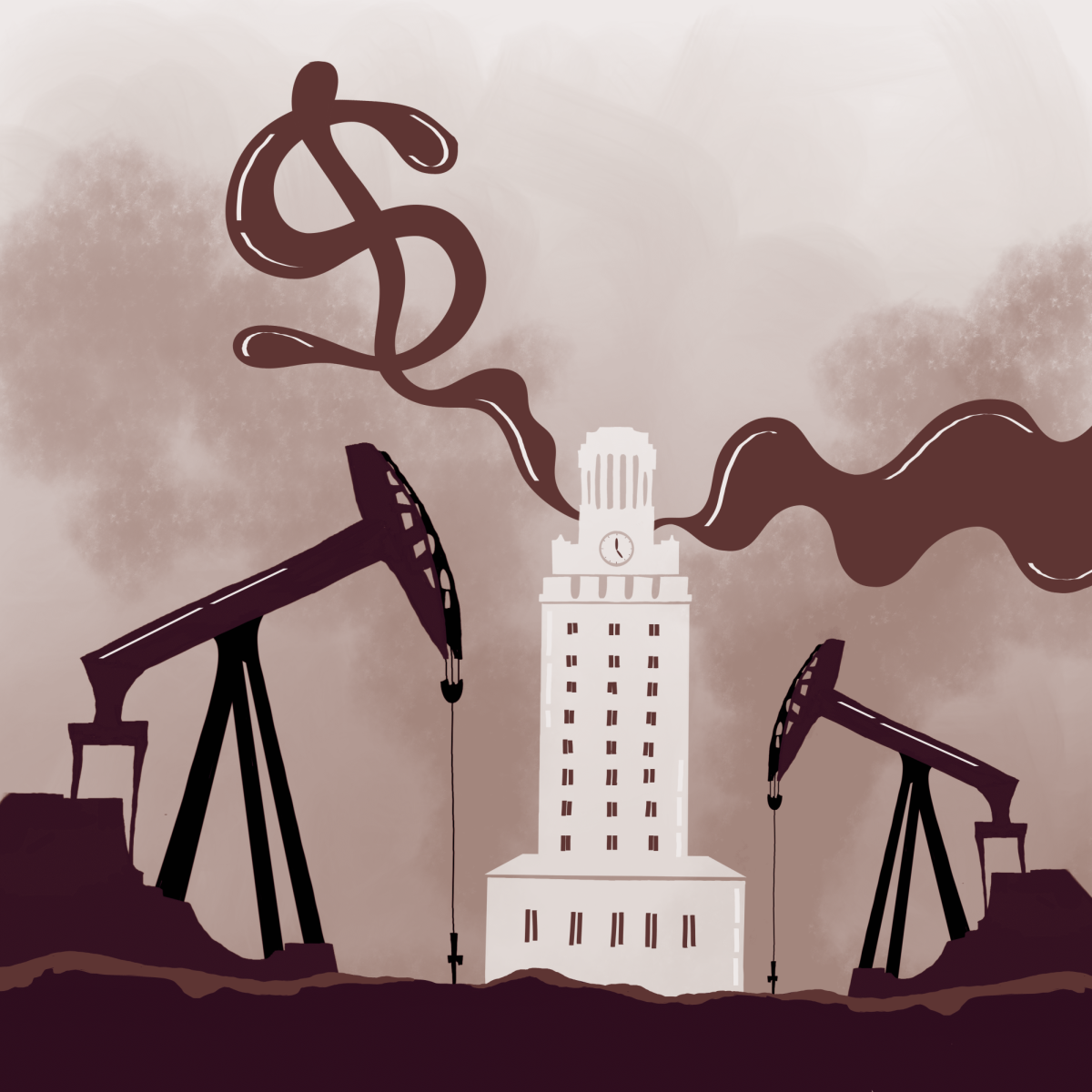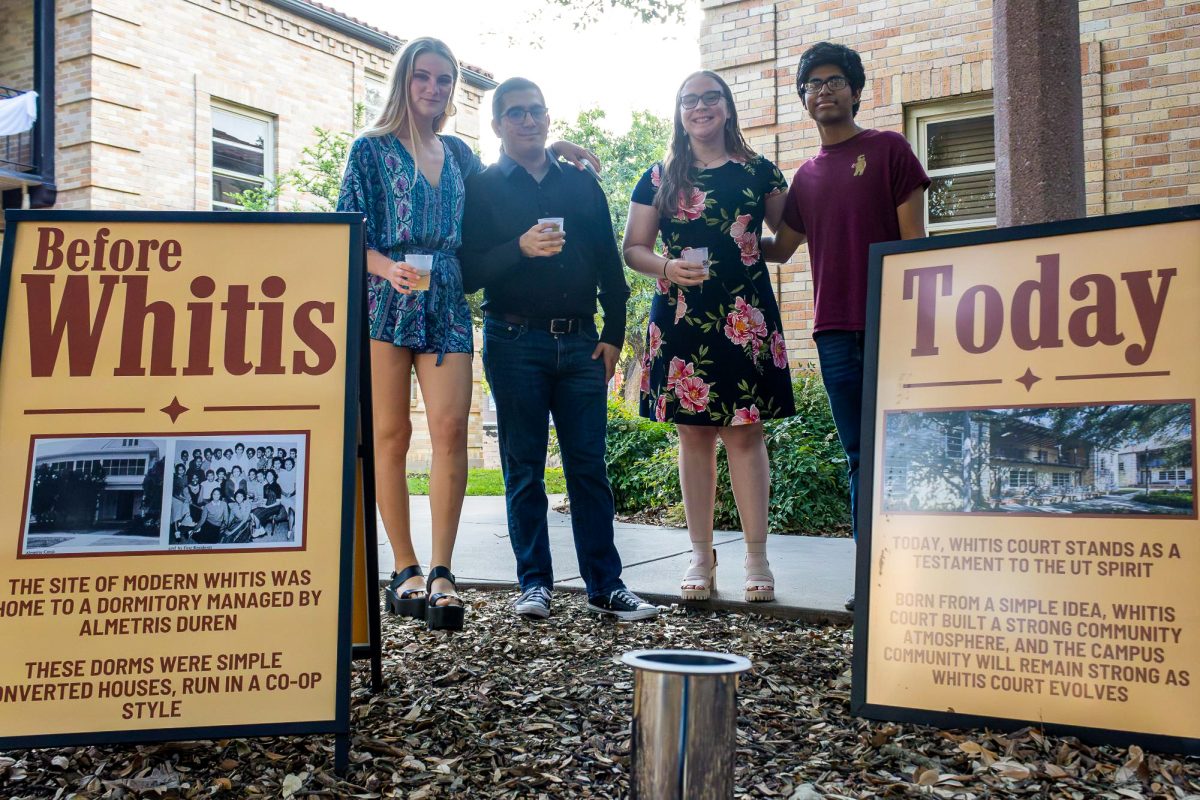Community leaders and stakeholders discussed how Austin should address climate change and how its effects will influence various social groups differently at a symposium held Friday at the LBJ School of Public Affairs.
Cathy Stephens, planning and environment program manager for the Capital Area Metropolitan Planning Organization, spoke at the event and voiced her concern about Austin’s rising population.
“One thing we really need to keep aware of as an overarching concern is our rate of growth,” Stephens said. “Right now, our population is around 1.98 million, and our projection for 2035 is around 3.2 million.”
Stephens said the planning organization for which she works studies how climate change can affect regional transportation. She cited a study conducted in Mobile, Ala., that identified several weather hazards can contribute to and create other dangers.
“High wind speeds can be dangerous to trucks — a severe drought can lead to wildfires like it did in Bastrop in 2011,” she said. “Also, 40 consecutive days over 100 degrees can impact the water infrastructure.”
Austin recorded its 40th day in triple-digit heat in early September.
Stefan Wray, public affairs graduate student who helped organize the symposium, focused his presentation on citizens of Austin and their relative extreme-heat vulnerability. Wray said vulnerability is a result of three factors: Exposure, sensitivity and adaptive capacity.
“In my study, I considered age and people living below the poverty line as good indicators for sensitivity,” he said.
For his research, Wray said he used data from August 2011 because of the extreme heat experienced during that month. He said he compiled data from NASA to identify certain areas that are more susceptible to experiencing adverse effects of extreme weather.
Wray said he identified two areas in east Austin characterized by a high concentration of people over the age of 65 or living below the poverty line. He said these groups are more susceptible to the effects of climate change because of a lack of resources.
In her presentation, Adele Houghton, president of Biositu, an organization that promotes environmental sustainability, focused on the public health impacts of extreme weather in Austin. Houghton said it is important to focus on how climate change affects citizens’ health and ability to endure extreme weather events.
“From a public health perspective, when we’re looking at vulnerability, it’s not enough to just look at the vulnerability of the built environment,” Houghton said.



